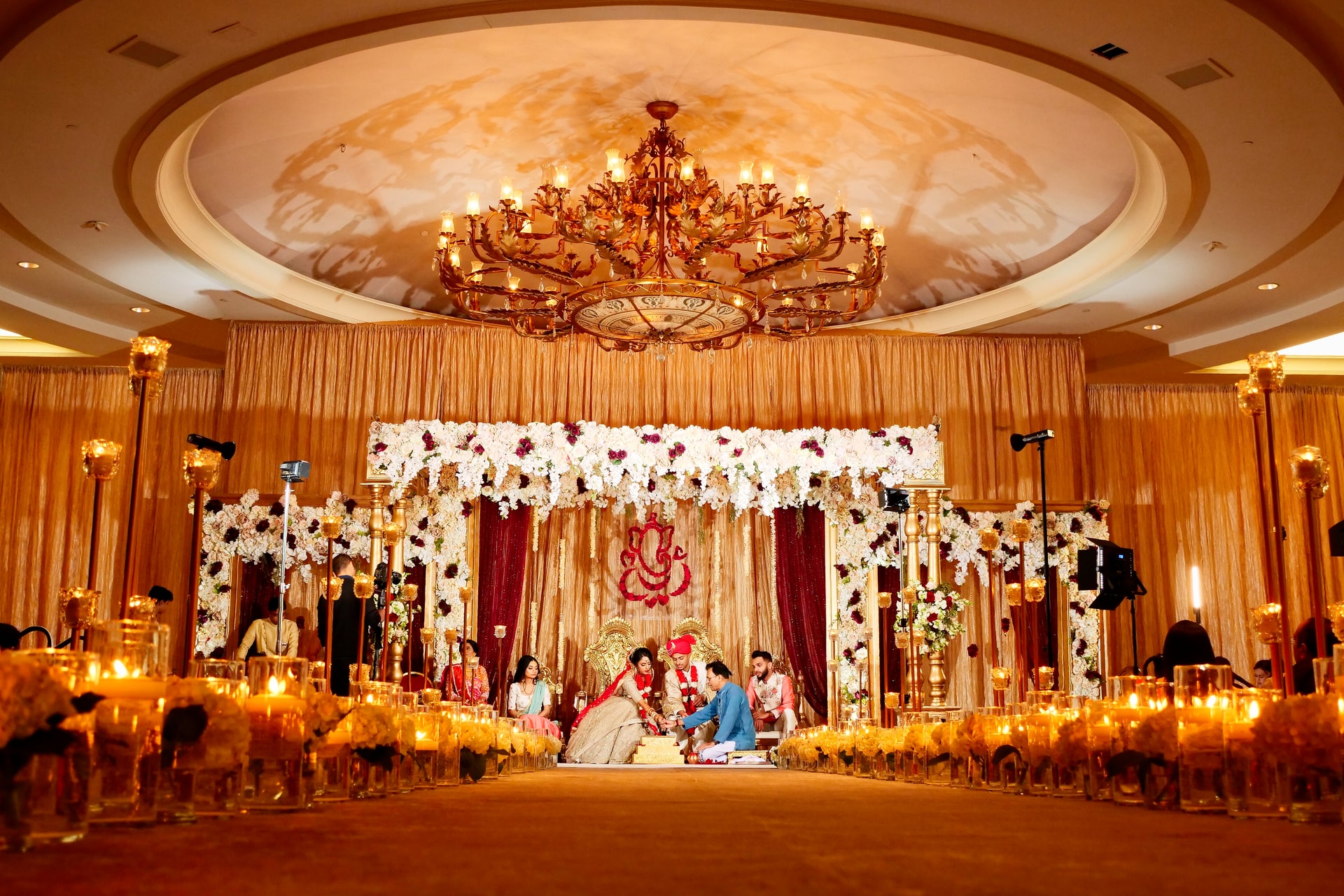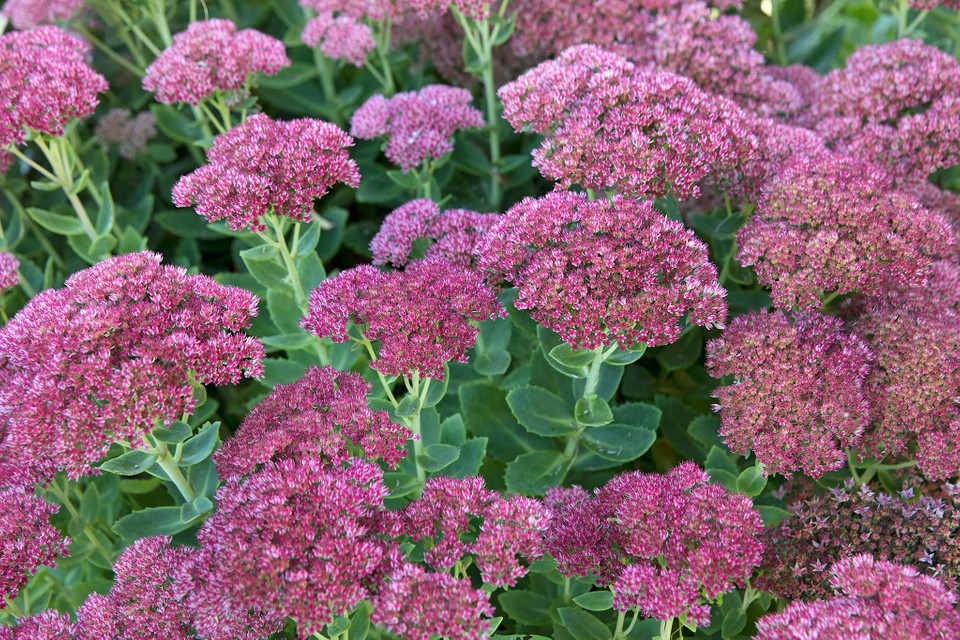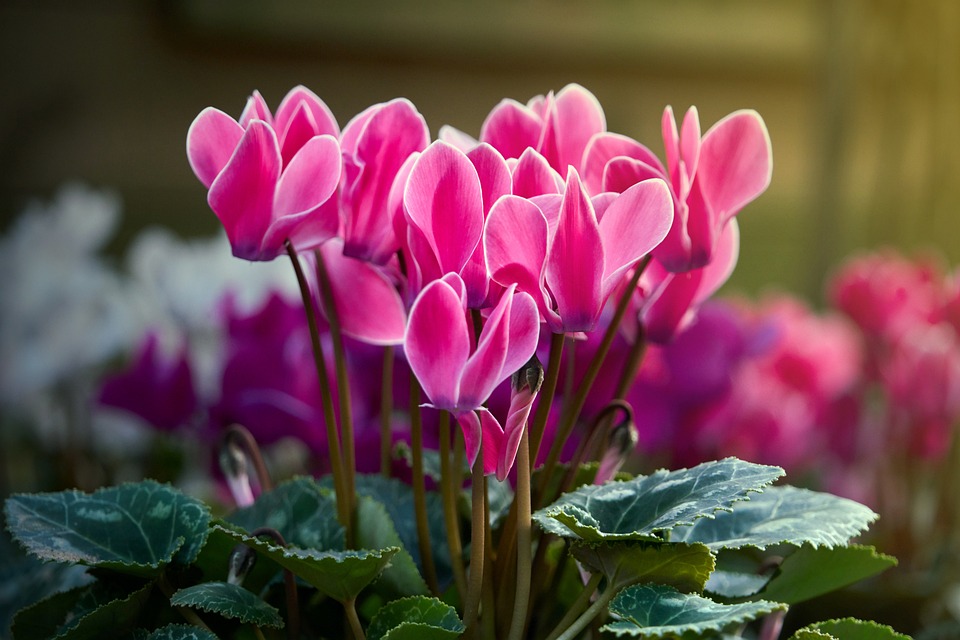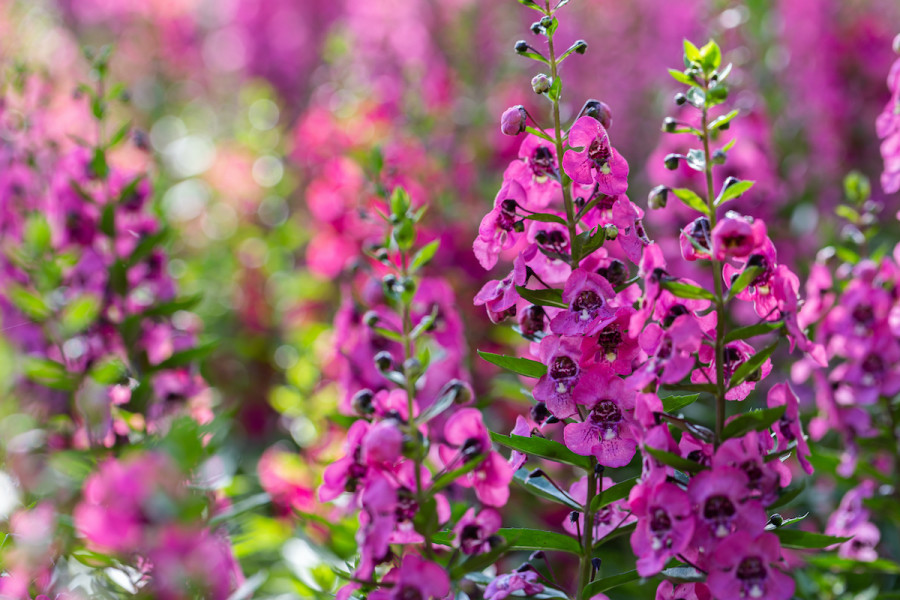India is known as the Land of Diversity. This is because the country exists in the form of festivals, cultures, regions, traditions, language, caste, religion, community, and so much more. Because the country is deeply rooted in tradition and culture, they use flowers for a plethora of things.
Flowers hold a special position in Indian culture, and it is also known as the country of flowers. Flowers are seen in every phase of life celebration there and are used for festivals and prayers. So without further ado, let’s dive into this blog and learn more flower the purpose and use of flowers in India.
1. Marriage
![]()
In traditional Indian culture and tradition, marriage symbolizes the holy union and matrimony between two people, families, and two souls. Marriage is the union of two souls in Indian culture, symbolized by the saat phere (7 rounds around a sacred fire). It is when the bride and the groom circumambulate a consecrated fire 7 times, and this is also where they recite specific vows with each of the circuits.
Any traditional Indian marriage is not complete without flowers. Flowers are not only used for decoration, but they are also used as garlands during the traditional wedding ceremony. The marriage ceremony, from start to finish, is accompanied by flowers.
During a Haldi (one of the pre-wedding ceremonies), turmeric powder is usually mixed with some sort of flower essential oil like rose or jasmine. The Haldi is applied to the bride and groom’s bodies, which is supposed to purify them.
During the Mehendi ceremony, the hand and feet of the bride are decorated with ornate and intricate patterns with henna. Flowers play an essential role in the wedding ceremony, and as soon as the groom and bride see each other, they exchange flower garlands.
2. Unity
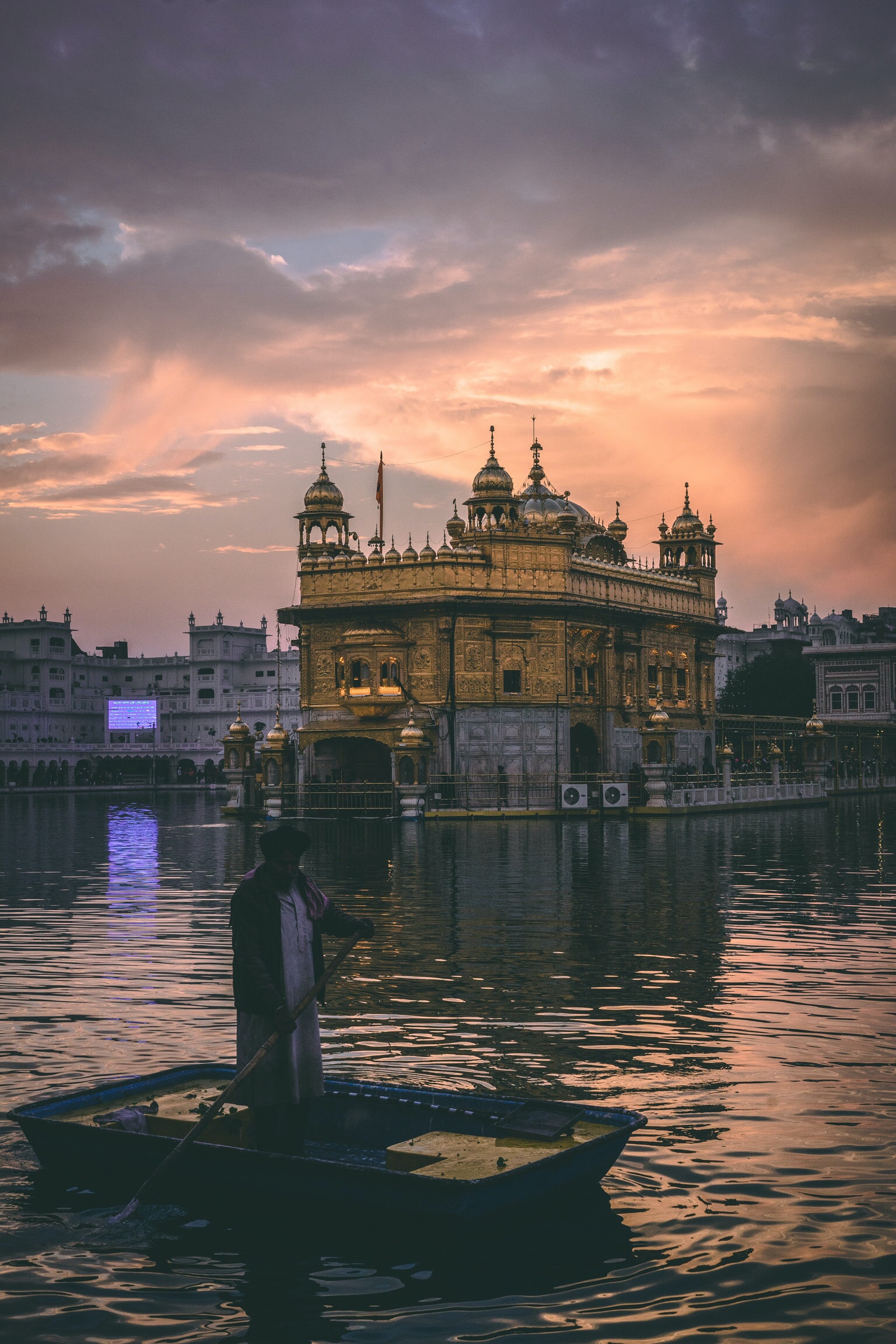
Flowers form an integral part of Indian culture and tradition. Flowers are used for various traditions and are associated with the creator, the supreme being or God. According to famous Indian botanist and plant pathologist Dr. Chandra Shekar Gupta:
“flowers represent the country’s unity in the form of diversity, liveliness, and generosity, providing it a rich cultural fragrance and values. A single flower or a bunch of flowers can gladden the mind and confer prosperity.”
Flowers are not only used because of their amazing natural beauty, fragrance form, color, and texture. But they are also very subtle, indefinable, and mysterious. Flowers hold a special place in Indian culture and are used for poojas (prayers).
They are offerings to God and are also used as garlands to the idols and deities. This is done in the hopes of being bestowed with prosperity. They also inspired many architectural styles and concepts and were even used in yoga and religious practices templates.
3. Flower and God
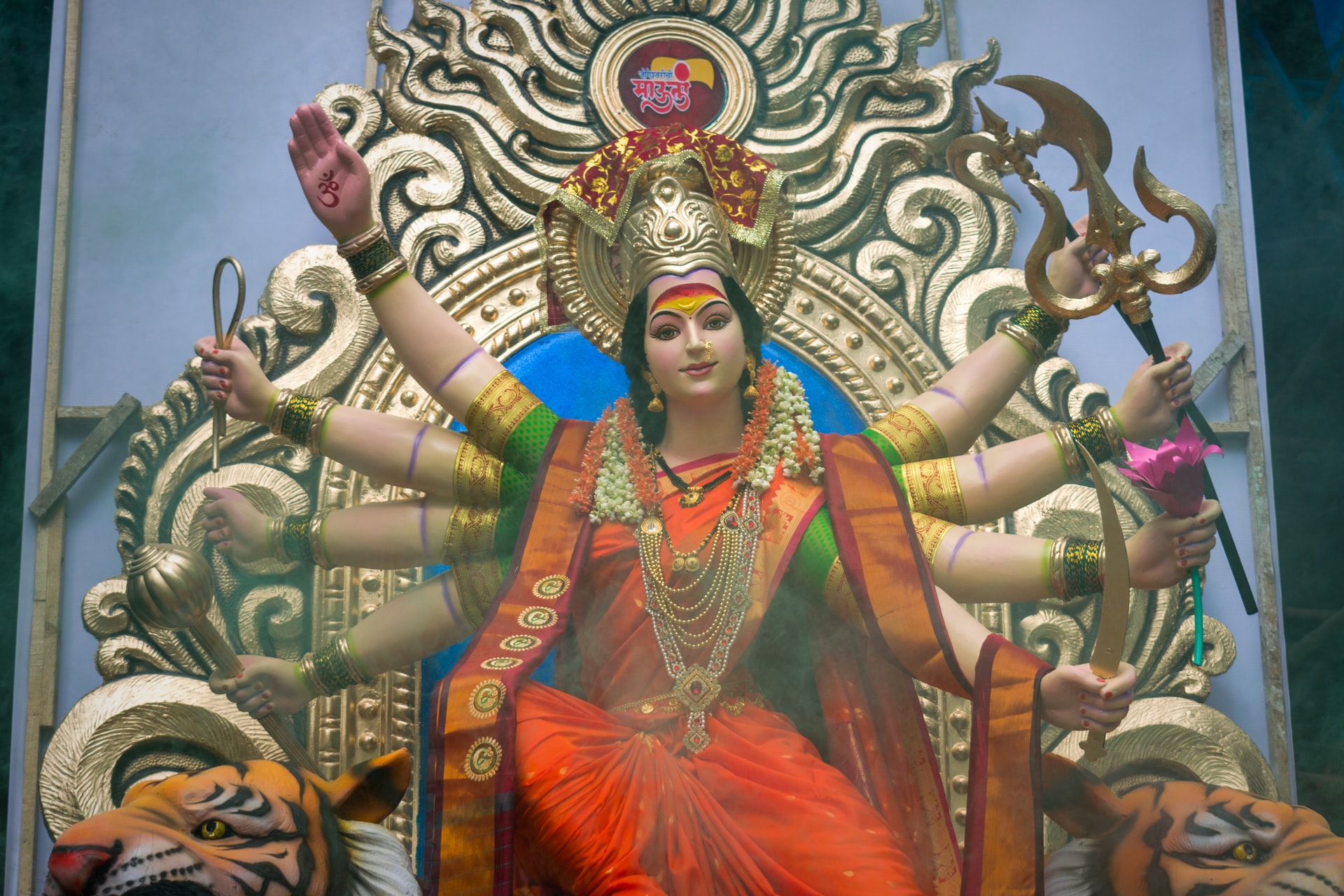
The national flower of India is the lotus, and it has a lot of mythological significance and is linked with Indian Gods and Goddesses. In more religious iconography, The Goddess Laxmi (Goddess of wealth, fortune, and beauty) is often depicted as sitting atop a pink lotus. In contrast, Saraswati (Goddess of knowledge, art, learning, wisdom, and music) is depicted sitting on a white lotus.
Lotus is central in yantra patterns and forms part of many design decorations in many secular contexts. The lotus symbolizes enlightenment, divinity, wealth, and fertility in Buddhist culture. In South India, Yuthika is the name of a jasmine vine that is white in color and has a divine fragrance.
In Indian mythologies and the epics, many songs and stories often associate Krishna with jasmine flowers. One such reference is the Kalita-lalita-vanamala. This is transacted as:
“Lalita means very attractive and beautiful. Here, Lalita refers to Krishna’s vanamala, His garland is made from different varieties of forest flowers. It hangs around His neck and extends down to His lotus feet.”
This highlights how flowers were and still are an important and integral part of Indian culture and mythology.
Final thoughts
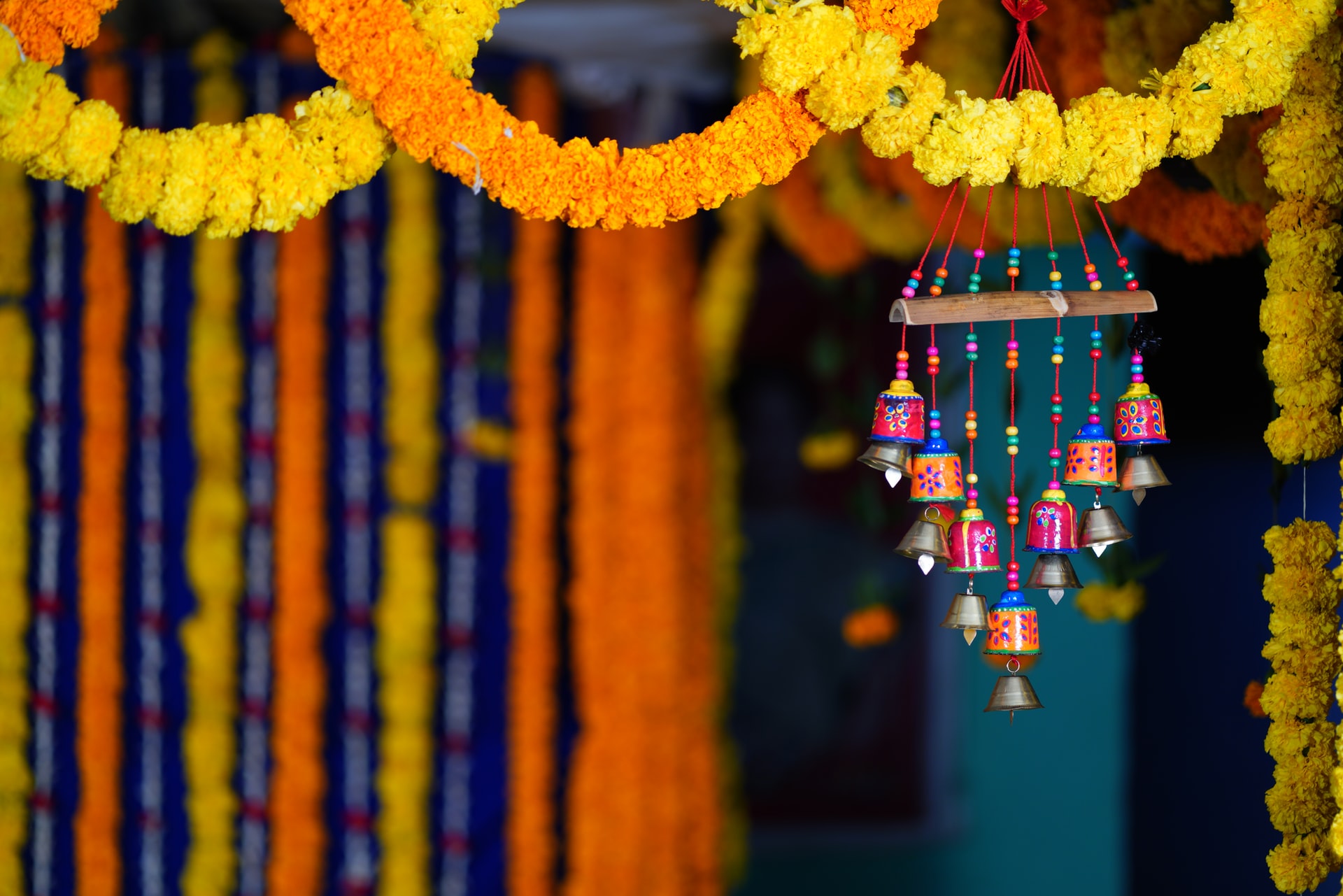
Tell us the significance of flowers in your life; as a first-generation Indian kid who grew up in the Bronx, my mom would bring us to the Ganesha temple every week and make us connect to our culture. Although I no longer consider myself religious, these traditions are buried in me as someone who grew up religious. I love learning about my mother’s culture and the other half of my identity.
Sound off in the comments section below and tell us if you want to read more about flowers and Indian culture.

